Museum and Art Gallery of the Northern Territory, Darwin | Art Museum Guide

Source: Bahnfrend, Museum and Art Gallery of the Northern Territory, Wikipedia, https://en.wikipedia.org/wiki/File:MAGNT_Darwin,_2023_(01).jpg
The art museum, Museum and Art Gallery of the Northern Territory, Darwin, stands as one of Australia’s most significant cultural institutions, offering an in-depth look into the region’s rich history, diverse cultures, and unique environment. Located on the picturesque shores of Fannie Bay, the museum combines stunning natural scenery with world-class exhibitions, making it a must-visit destination for both locals and travelers.
Inside, visitors are greeted by a remarkable variety of collections, from Aboriginal art and cultural artifacts to maritime history, natural sciences, and contemporary works. The museum is home to the famous “Sweetheart” crocodile, the powerful Cyclone Tracy exhibit, and an impressive selection of art from across the Northern Territory and beyond. Each gallery offers a carefully curated experience that tells a story of the land, its people, and its natural wonders.
The Museum and Art Gallery of the Northern Territory, Darwin, also serves as a vibrant community hub, hosting educational programs, special exhibitions, and cultural events throughout the year. With its free entry, welcoming atmosphere, and commitment to preserving the region’s heritage, this art museum is a vital link between past and present, celebrating the creativity and resilience of the Northern Territory.
Location And Setting
The art museum, Museum and Art Gallery of the Northern Territory, Darwin, enjoys a prime location in one of Australia’s most picturesque coastal settings. Nestled on the edge of Fannie Bay, the museum offers visitors breathtaking views of turquoise waters framed by lush tropical greenery. This tranquil environment enhances the cultural experience, allowing guests to appreciate the exhibits while surrounded by the natural beauty of the Northern Territory.
The site is easily accessible from Darwin’s city center, just a short drive or bike ride away, making it convenient for both locals and tourists. The building’s architectural design blends modern lines with a tropical aesthetic, maximizing natural light and airflow while accommodating the region’s climate. Expansive open spaces and shaded outdoor areas encourage visitors to relax and take in the scenery before or after exploring the galleries.
The waterfront location also connects the museum to Darwin’s maritime history, reflected in its collections and exhibitions. Nearby attractions, walking paths, and picnic spots make the museum part of a broader cultural and recreational precinct. Whether arriving by car, public transport, or on foot, visitors are greeted by an inviting atmosphere that combines art, history, and nature in one inspiring destination.
Aboriginal Art Collections
The art museum, Museum and Art Gallery of the Northern Territory, Darwin, holds one of Australia’s most significant collections of Aboriginal art. These works showcase the deep cultural heritage, storytelling traditions, and artistic excellence of Indigenous communities across the Northern Territory.
The collection spans diverse mediums, including paintings on bark and canvas, sculptures, ceremonial objects, and weavings. Each piece reflects unique regional styles and techniques, such as the intricate cross-hatching of Arnhem Land, the bold patterns of the Tiwi Islands, and the desert dot paintings from Central Australia. These artworks are not only visually striking but also serve as living records of language, spirituality, and ancestral connections to Country.
Permanent displays are complemented by temporary exhibitions, often developed in collaboration with Aboriginal artists and communities. This approach ensures authenticity while fostering cultural exchange and understanding. Interpretive panels, multimedia presentations, and guided tours provide valuable context, helping visitors appreciate the depth of meaning within each work.
Through these collections, the museum plays a vital role in preserving and promoting Aboriginal art, ensuring that these cultural treasures continue to inspire and educate audiences. The gallery spaces dedicated to Indigenous works offer a profound and respectful encounter with one of the world’s oldest continuous artistic traditions.
Cyclone Tracy Exhibition
The art museum, Museum and Art Gallery of the Northern Territory, Darwin, is home to one of its most compelling and historically significant displays — the Cyclone Tracy exhibition. This immersive gallery recounts the devastating events of December 24–25, 1974, when Cyclone Tracy struck Darwin with unprecedented force, destroying much of the city and profoundly impacting its residents.
The exhibition features an array of artifacts salvaged from the aftermath, including personal belongings, photographs, and fragments of buildings. These tangible remnants serve as powerful reminders of the cyclone’s destructive power and the resilience of the community. Visitors can listen to chilling audio recordings of the cyclone’s winds, a sensory experience that captures the intensity of that fateful night.
Informative panels and multimedia presentations provide historical context, detailing the meteorological conditions, emergency response, and the extensive rebuilding process that followed. Oral histories from survivors add a deeply human perspective, highlighting stories of loss, courage, and recovery.
This exhibition not only preserves the memory of Cyclone Tracy but also educates visitors about the importance of preparedness and community strength. It remains one of the museum’s most visited and talked-about galleries, offering a profound connection to Darwin’s past.
Maritime And Shipwreck Displays
The art museum, Museum and Art Gallery of the Northern Territory, Darwin, features an extensive maritime and shipwreck display that showcases the region’s strong ties to the sea. These exhibits delve into the Northern Territory’s seafaring history, from Indigenous maritime traditions to the modern era of fishing and naval operations.
Visitors can explore detailed models of vessels, navigational instruments, and trade artifacts that illustrate the role of sea travel in connecting communities across northern Australia and beyond. The displays also feature fascinating stories of shipwrecks, many uncovered along the treacherous coastlines and reefs of the Arafura and Timor Seas. Salvaged relics, including anchors, cannons, and personal possessions, bring these tales to life, offering a glimpse into maritime life of the past.
Interactive displays and historical maps provide context on trade routes, exploration voyages, and the challenges faced by sailors navigating these waters. Special attention is given to the multicultural influences that shaped Darwin’s maritime heritage, including connections with Southeast Asian traders.
By highlighting both triumphs and tragedies at sea, the maritime and shipwreck displays at the museum offer visitors a rich understanding of the Northern Territory’s nautical legacy. It’s a captivating section that blends history, culture, and adventure into an unforgettable experience.
Natural Sciences Collection
The art museum, Museum and Art Gallery of the Northern Territory, Darwin, houses an impressive natural sciences collection that offers visitors a fascinating insight into the unique biodiversity and geological history of northern Australia. This section showcases the region’s remarkable ecosystems, from its lush tropical coastlines to the rugged inland deserts.
The collection includes an array of preserved specimens such as birds, reptiles, marine creatures, and insects, each meticulously displayed to highlight its natural features. Visitors can also explore the museum’s extensive fossil collection, which provides a window into prehistoric life in the region. Geological displays present rare minerals and rock formations, illustrating the diverse landscapes of the Northern Territory.
The marine biology exhibits are a standout, featuring specimens from the nearby Arafura and Timor Seas. These displays highlight the incredible variety of coral, fish, and other aquatic life that thrives in northern waters. Interpretive panels and interactive elements provide engaging explanations of the delicate balance between species and their environments.
Through its natural sciences collection, the museum fosters a deeper appreciation for the Northern Territory’s environmental heritage. This section not only celebrates the beauty of the region’s wildlife but also emphasizes the importance of conservation and sustainable practices for future generations.
Contemporary Art Exhibitions
The art museum, Museum and Art Gallery of the Northern Territory, Darwin, presents an ever-changing program of contemporary art exhibitions that reflect the dynamic creativity of both local and international artists. These exhibitions offer a vibrant contrast to the museum’s historical and cultural collections, highlighting current artistic trends and innovative approaches to visual expression.
The museum showcases works in a variety of mediums, including painting, sculpture, photography, installation, and digital art. Many exhibitions focus on themes relevant to the Northern Territory, such as environmental change, cultural identity, and the blending of traditional and modern perspectives. Local artists are prominently featured, providing them with a platform to share their voices and stories with a wider audience.
Rotating exhibitions ensure that there is always something new for repeat visitors to enjoy. The museum often collaborates with other institutions, curators, and community groups to bring high-quality contemporary art to Darwin. Accompanying programs such as artist talks, workshops, and panel discussions deepen engagement with the artworks and provide opportunities for dialogue between creators and audiences.
By integrating contemporary art into its offerings, the museum bridges the past and present, showcasing how the region’s artistic culture continues to evolve. This focus on innovation makes it an essential destination for those seeking fresh and thought-provoking perspectives.
The Famous Sweetheart Exhibit
The art museum, Museum and Art Gallery of the Northern Territory, Darwin, is home to one of its most iconic attractions — the famous Sweetheart exhibit. Sweetheart was a massive male saltwater crocodile, measuring 5.1 meters in length and weighing over 780 kilograms. Known for attacking outboard motors in the 1970s, he became a legendary figure in the Northern Territory’s wildlife history.
In 1979, Sweetheart was captured to prevent further incidents, but unfortunately died during the process. His story has since become part of Darwin’s cultural memory, and the museum preserves his legacy through an impressive display. The exhibit features Sweetheart’s taxidermied body in a lifelike pose, allowing visitors to fully appreciate his size and presence.
Alongside the preserved crocodile, the display includes photographs, news clippings, and interpretive information that detail Sweetheart’s life, the environment he inhabited, and his interactions with local communities. Multimedia elements provide additional context about crocodile behavior, their ecological role, and conservation efforts in the region.
The Sweetheart exhibit is a favorite among visitors of all ages, offering an engaging combination of natural history, local lore, and environmental education. It stands as a testament to the fascinating and sometimes unpredictable relationship between humans and wildlife in the Northern Territory.
Asian And Pacific Art
The art museum, Museum and Art Gallery of the Northern Territory, Darwin, houses a notable collection of Asian and Pacific art that reflects the region’s close geographic and cultural connections to its northern neighbors. This collection celebrates the diversity, craftsmanship, and traditions of communities from Southeast Asia, Papua New Guinea, and the Pacific Islands.
Artifacts on display include intricately carved wooden sculptures, ceremonial masks, textiles, jewelry, and finely crafted pottery. Each piece represents the unique artistic styles and cultural practices of its place of origin, often tied to ceremonial or symbolic purposes. Many works are imbued with stories and spiritual meanings, offering insights into the beliefs and customs of these cultures.
The museum’s proximity to Asia has fostered a rich history of trade, migration, and cultural exchange, which is reflected in the artworks presented. Special exhibitions occasionally highlight specific countries or cultural groups, bringing rare and significant items to public view.
Interpretive panels, videos, and photographs provide historical and cultural context, helping visitors understand the importance of these works in their original settings. The collection also underscores Darwin’s role as a multicultural hub, where artistic traditions from across the region converge.
Through its Asian and Pacific art displays, the museum offers a vibrant and educational experience that broadens perspectives and deepens appreciation for the artistry of neighboring regions.
Museum Shop
The art museum, Museum and Art Gallery of the Northern Territory, Darwin, features a thoughtfully curated museum shop that allows visitors to take a piece of their experience home. The shop offers a diverse range of items inspired by the museum’s collections, exhibitions, and the cultural heritage of the Northern Territory.
Among the highlights are authentic Aboriginal artworks, including paintings, prints, and handcrafted items sourced directly from local artists and art centers. These unique pieces not only serve as memorable souvenirs but also support Indigenous communities and their creative traditions. The shop also stocks a variety of books, from exhibition catalogues and art history titles to publications on Northern Territory wildlife, history, and culture.
Visitors can browse jewelry, textiles, home décor, and stationery, many of which feature designs inspired by the museum’s exhibitions. Locally produced gourmet treats and environmentally conscious products also make popular purchases. The shop’s selection is regularly updated to reflect seasonal exhibitions, ensuring fresh and relevant offerings year-round.
Staff members are knowledgeable and happy to assist with gift recommendations or information about the origins of specific pieces. Whether shopping for a meaningful keepsake, a unique gift, or an educational resource, the museum shop provides a high-quality retail experience that extends the cultural journey beyond the galleries.
Accessibility And Facilities
The art museum, Museum and Art Gallery of the Northern Territory, Darwin, is committed to ensuring that all visitors can enjoy its collections and programs comfortably and conveniently. The museum has been designed with accessibility in mind, offering a range of facilities to meet diverse needs.
Wheelchair access is available throughout the building, with ramps, wide doorways, and accessible restrooms. Designated parking spaces close to the entrance make arrival easy for visitors with mobility challenges. Inside, spacious gallery layouts and seating areas provide a comfortable environment for exploring exhibitions at a relaxed pace.
The museum also offers services to enhance the experience for visitors with hearing or vision impairments. Selected exhibitions feature large-print labels, tactile displays, and audio guides, while staff are available to assist with additional requirements. Guide dogs and assistance animals are welcome in all public areas.
Amenities include a well-equipped café, air-conditioned interiors, and shaded outdoor seating areas where guests can rest and enjoy the tropical surroundings. Family-friendly facilities, such as baby-changing stations and stroller access, make the museum a practical destination for visitors with young children.
By providing accessible facilities and thoughtful services, the museum ensures that every guest — regardless of age or ability — can fully appreciate the rich cultural and artistic offerings on display.
Conclusion
The art museum, Museum and Art Gallery of the Northern Territory, Darwin, offers an enriching journey through the region’s history, culture, and environment. From its outstanding Aboriginal art collections to the captivating Cyclone Tracy exhibition and world-class natural science displays, the museum provides a diverse and engaging experience for visitors of all ages. Its scenic location, community programs, and accessible facilities make it a welcoming destination year-round. Whether you are drawn to art, history, or the natural world, this museum stands as a cultural landmark that reflects the unique spirit and heritage of the Northern Territory.
Let Us Know What You Think!
Every information you read here are written and curated by Kreafolk's team, carefully pieced together with our creative community in mind. Did you enjoy our contents? Leave a comment below and share your thoughts. Cheers to more creative articles and inspirations!


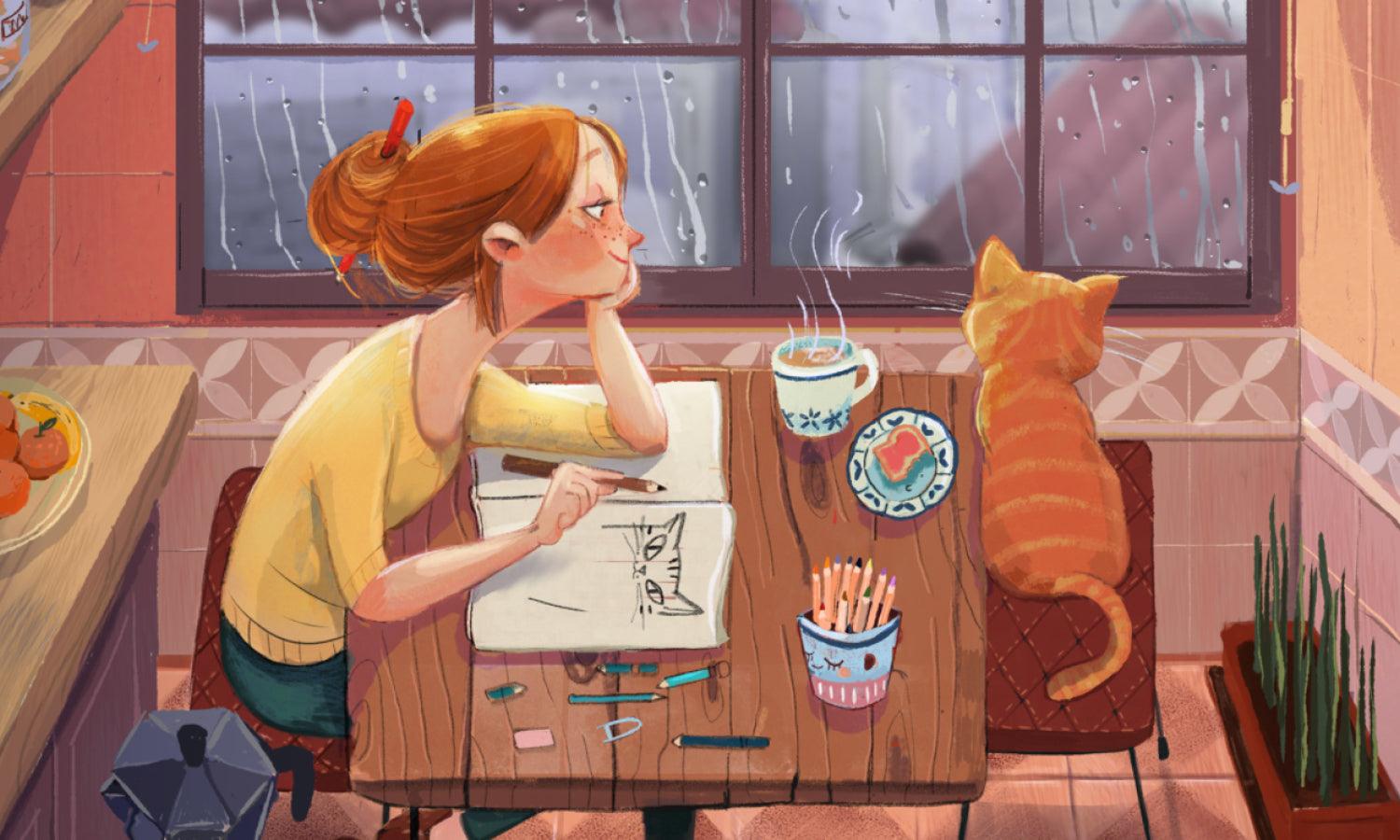
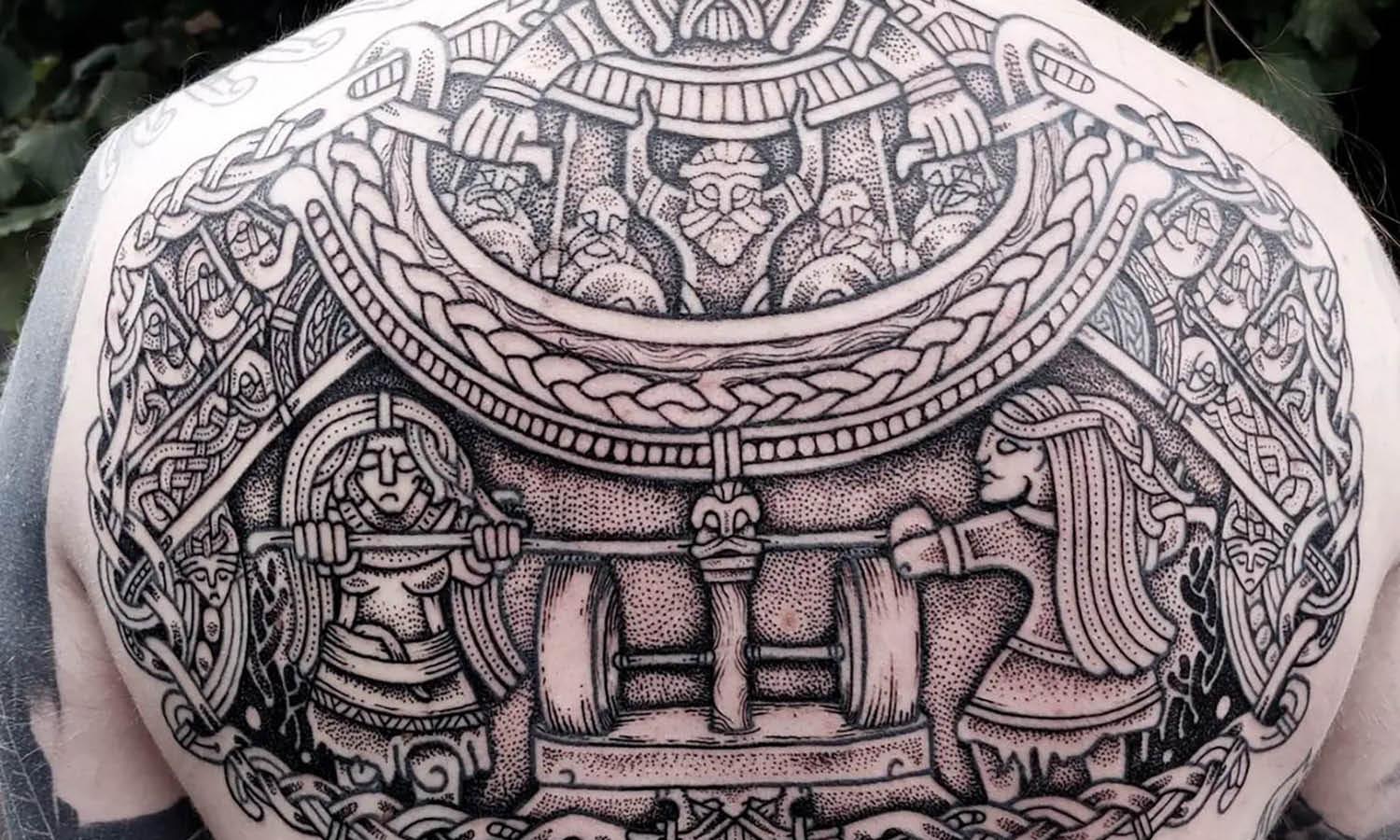
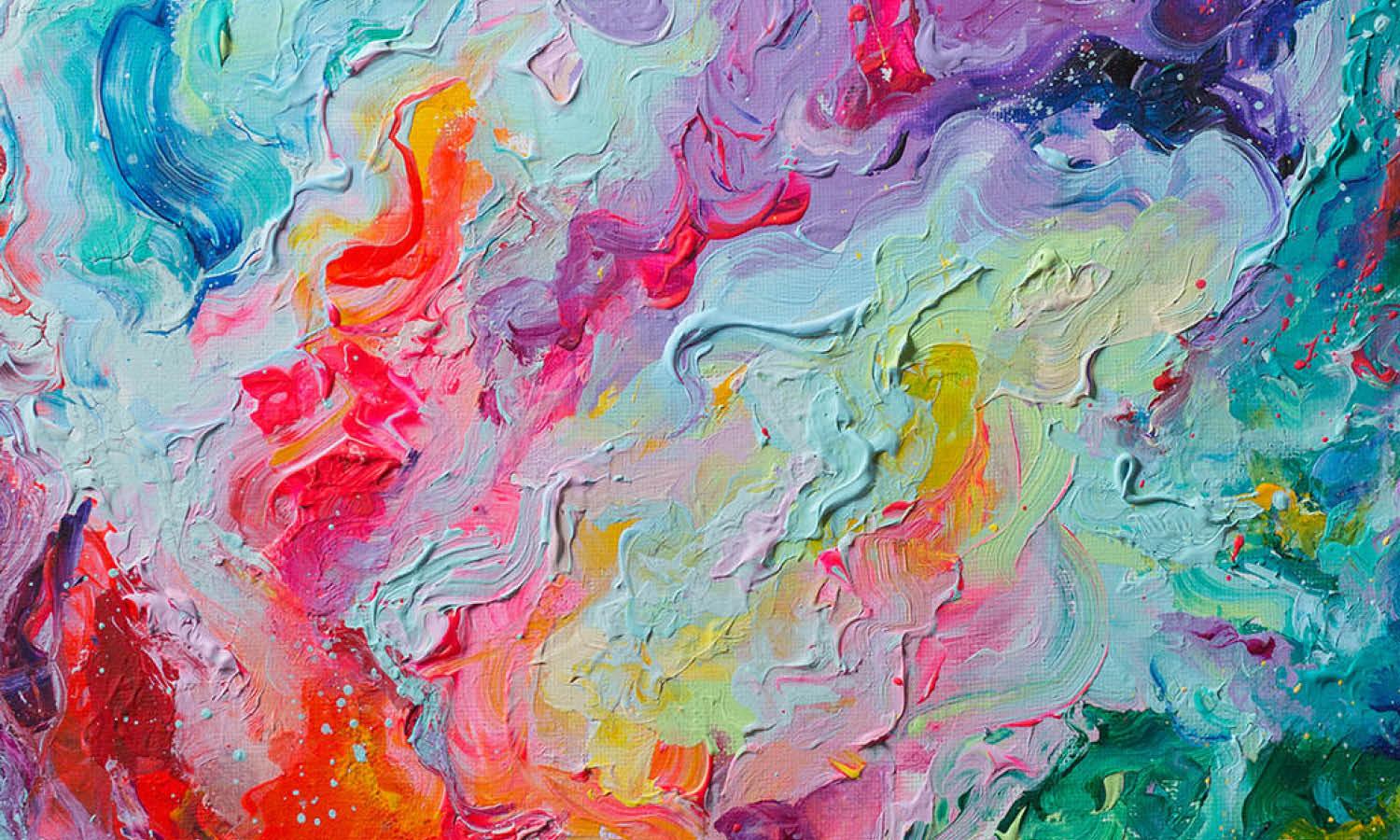
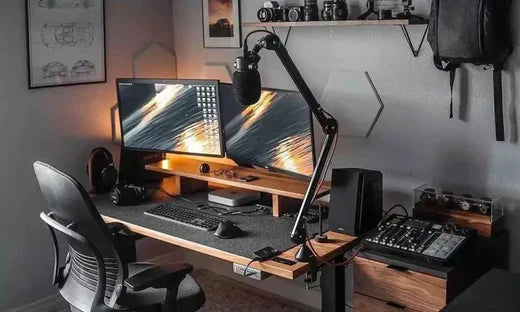


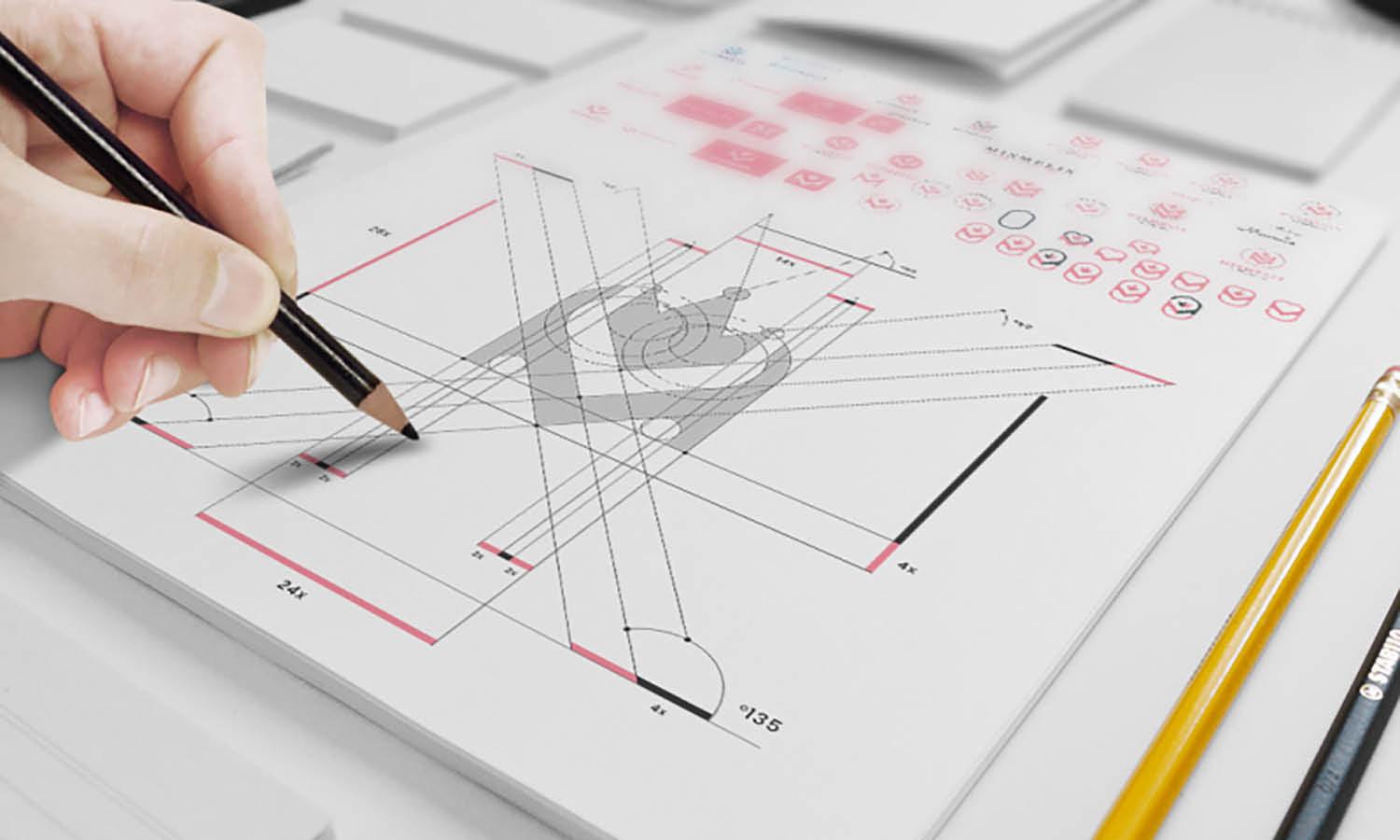







Leave a Comment